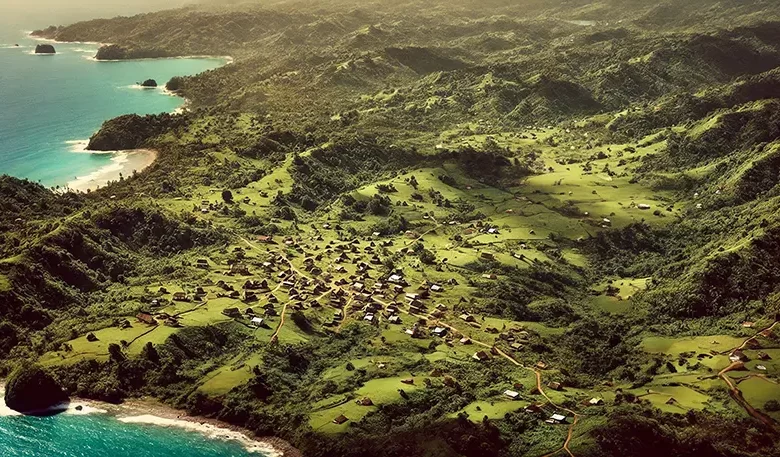Carib Reserve, Dominica

The Carib Reserve, established in 1903, was a designated area on Dominica’s East Coast set aside for the indigenous Kalinago people, who were then referred to as “Caribs” by European colonizers. This reserve was part of the British colonial effort to provide a distinct territory for the Kalinago following centuries of displacement and conflict with European settlers. Initially, the reserve spanned 232 acres, but it was expanded to 3,700 acres to support the community better.
Carib Reserve Cultural and Social Significance
The Carib Reserve, now known as the Kalinago Territory, served as a sanctuary where the Kalinago could preserve their cultural heritage, traditional practices, and way of life. This area included several villages, such as Bataka, Cray Fish River, Salybia, St. Cyr, Gaulette River, Mahaut River, Sineku, and Concord, which were pivotal in maintaining the social and cultural fabric of the Kalinago community. The reserve provided a communal land system that supported traditional activities like basket weaving, canoe building, and agriculture.
Legacy and Transformation
Over the years, the Carib Reserve symbolised resilience and cultural pride for the Kalinago people. In 1978, the Carib Reserve Act reaffirmed the boundaries of the territory, cementing its legal status and communal ownership. The term “Carib Reserve” was eventually replaced with “Kalinago Territory” in 2015 to reflect the indigenous identity better and move away from colonial nomenclature. Today, the Kalinago Territory stands as a testament to the enduring spirit of the Kalinago people and their commitment to preserving their unique cultural heritage.




